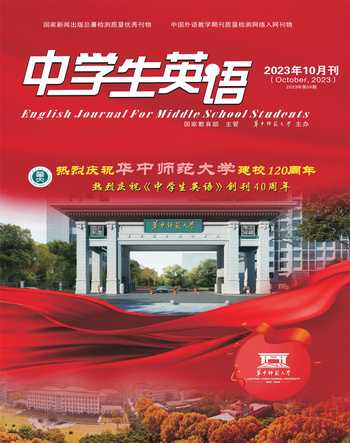干手器会使干净的手沾染卫生间的细菌
张宁
In tests, the hot-air machines spread far more microbes3 than paper towels.
在测试中袁热风干手器传播的微生物比纸巾多得多。
Washing your hands with soap andwater washes away germs. But the hot-airhand dryers found in many publicrestrooms seem to spray4 microbes rightback onto clean skin. Thats what 16-yearoldZita Nguyen found by swabbing5peoples freshly washed and dried hands.
用肥皂和水洗手可以洗掉细菌。但是,在许多公共卫生间里都能找到的热风干手器似乎会将微生物重新喷回干净的皮肤上。这就是16岁的齐塔·阮通过拭抹人们刚洗过和吹干过的手时发现的情况。
Toilets in public restrooms seldomhave lids. So flushing6 them sprays thegerms from excreted7 wastes into the air.That same air is drawn into those wallmountedelectric hand dryers. Thesemachines provide a nice warm home inwhich microbes can flourish8, Zita says.Cleaning the inside of these machinescan be difficult, she adds.
公共衛生间的便池很少有盖子。因此,冲水会将排泄物中的细菌喷洒到空气中。同样的空气被吸入那些壁挂式电动干手器中。齐塔说,这些机器为微生物提供了一个可以繁殖的温暖家园。她补充说,清洁这些机器的内部可能很困难。
“Freshly washed hands are gettingcontaminated9 with this bacteria thatgrows inside these machines,”Zita says.
“刚洗过的手会被这些机器内滋生的细菌污染。”齐塔说。
Zita wanted to explore an idea.Would drying hands farther away fromthe hot-air dryer lessen the number ofgerms that fall back onto the skin?
齐塔想探索一个想法。在离热风干手器较远的地方烘干双手,会减少掉回到皮肤上的细菌数量吗?
The teen had four people wash anddry their hands in restrooms at a malland a gas station. The participantswashed hands with soap and water. Aftereach washing, they dried their handsusing one of three different methods. Insome trials10, they simply used papertowels. In the others, they used anelectric hand dryer. Sometimes, theyheld their hands close to the machine,about 13 centimeters below it. Othertimes, they held their hands about 30centimeters below the dryer. Each handdryingcondition was performed 20 times.
这名青少年让四个人在一家商场和一个加油站的卫生间里洗手并弄干双手。参与者们用肥皂和水洗手。每次洗手后,他们用三种不同干手方法中的一种来弄干手。在一些测试中,他们只是简单地使用纸巾。在其他测试中,他们使用了电动干手器。有时,他们把手靠近机器,放在机器下面约13 厘米的地方。有时,他们把手放在干手器下面约30 厘米的位置。每一种干手条件测试了20 次。
Right after this drying, Zitaswabbed their hands for germs.Then she rubbed the swabs onto petri dishes11. She housed thesedishes for three days.
干手后,齐塔立即用棉签拭抹他们的手提取细菌。然后,她把拭子擦到培养皿上。她将这些培养皿放置了三天。
Afterward, all the petridishes were covered with off-whitespots. Zita warns that harmfulgerms might be lurking12 in therestroomsdryers.
之后,所有的培养皿上都覆盖着灰白色的斑点。齐塔警告说,有害细菌可能潜伏在卫生间的干手器中。
Fewer than 50 colonies13, on average,turned up in each dish exposed to swabsfrom hands dried with paper towels or fromhands held farther from the electric dryers.In contrast14, more than 130 colonies, onaverage, grew in petri dishes fromhands held close tothe hot-air dryers.
平均而言,每个从用纸巾擦干的手或远离电动干手器吹干的手上提取样本的培养皿中只有不到50 个菌落。相比之下,平均每个在靠近电动干手器吹干的手上提取样本的培养皿中有130 多个菌落。
At first, Zitawas amazed by allthe microbes inthese dishes. Quickly,however, she realizedthey represented whatcovered peoples hands afterusing a hot-air dryer. “This is disgusting,”she now says. “Im never going to put myhands so close to these machines again! ”
起初,齐塔对这些培养皿里的微生物感到惊讶。但很快,她意识到它们代表了人们使用热风干手器后手上沾染的东西。“这太恶心了。”她现在说,“我再也不会把手离这些机器这么近了!”

